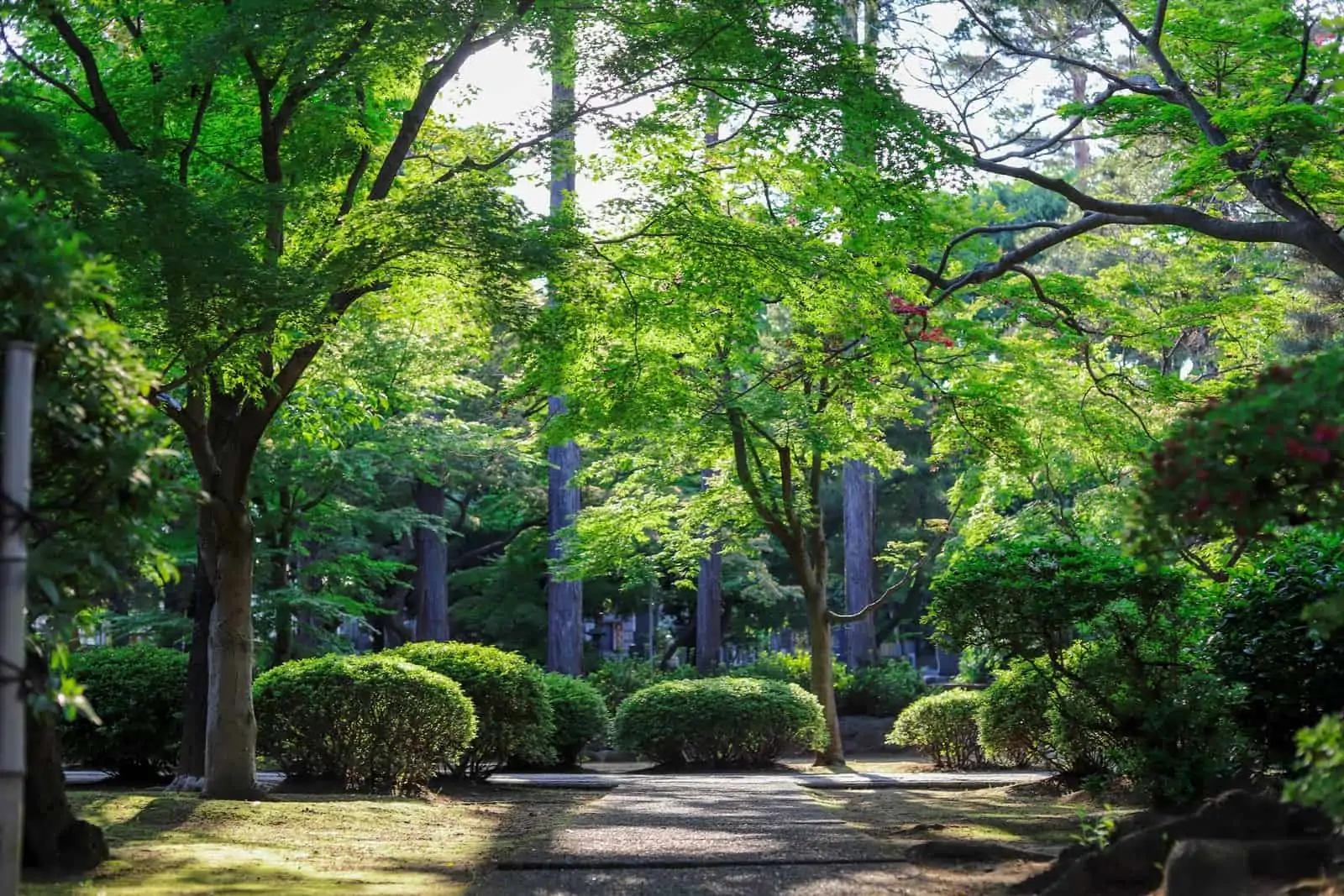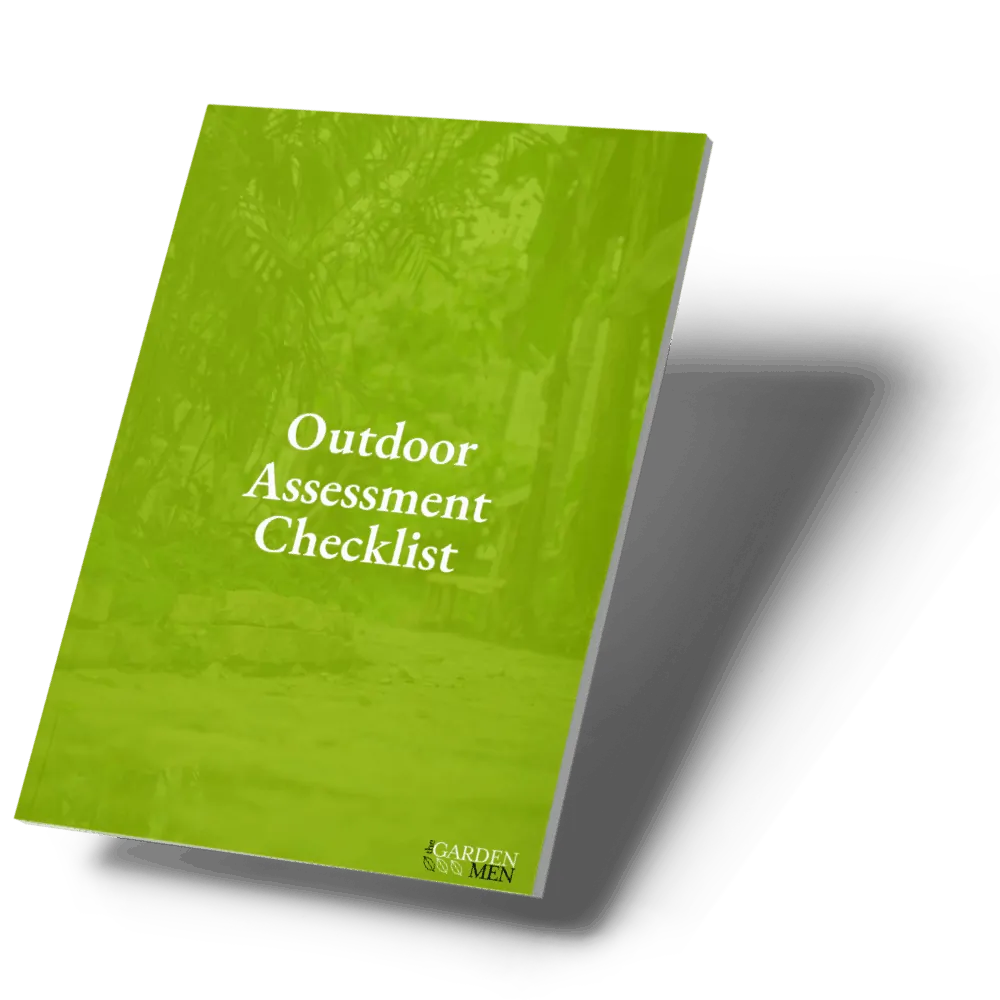Lawns and gardens add visual appeal, create a cooling effect, prevent erosion by water and wind, act as environmental cleaners, and can increase property value, among other benefits. But since you need water to keep them looking healthy and lush, drought conditions can present challenging times for homeowners as many are often left with parched, brown lawns.
Plenty of areas in Australia are seasonally wet, and given the ongoing climate change, even those that were more temperate are drying up. This doesn’t mean you have to give up on landscaping. This article covers some great strategies for caring for a struggling lawn when water is limited.
Choose the Right Plants and Grass
Some plants will cope better in drought conditions than others. Find plants and grass that grow naturally in your local area because they are already adapted to your soil and water conditions. Some native Australian grasses to consider are Kikuyu grass and buffalo grass. By sticking with these natives, your landscape will require less watering and overall maintenance, and you’ll largely avoid using fertilisers and pesticides. In your garden, you can include some herbs like thyme, oregano, and rosemary, as many tend to thrive on dry, hot hillsides.
Besides local natives, you can explore drought-resistant plants that can survive for long periods without water. This includes Australian native succulents like pigface.
These are just a few ideas; it’s best to talk to a local landscaper or gardening expert to know exactly which plant and grass species will do well in your area. Be sure to avoid any exotic plants due to their invasive tendencies.
Add Hardscape
A good outdoor incorporates both softscape and hardscape. The former refers to the live elements of landscaping, including plants, flowers, trees, shrubs, etc. An all softscape outdoor requires a lot of water to thrive, which is not feasible during drought. On the other hand, hardscape includes the non-living elements in landscaping such as brick, gravel, pavers, rocks, stone, wood, etc. These elements add functionality, texture, colour, and pattern to your yard, and best of all, they don’t require water. Combining hardscape materials with native plants is the best way to add variety to your outdoor space while still saving water.
Strategic Watering
It pays to be prudent when water is scarce. Most lawns and gardens are over-watered. While that may be why they become lush green, learning how to water correctly will go a long way during drought or times of water restrictions.
The first step is to conduct heavy but infrequent watering. This allows water to seep as far as 15-20 cm deep into the roots. Watering every other second is wasteful and won’t help your lawn become drought-proof.
The best time to water is in the morning, preferably between 3 and 6 am, to reduce evaporation while ensuring the lawn has the water it needs to survive. Avoid watering at night, as this could result in mould and fungus growth.
Lastly, concentrate your watering where it’s needed, like on young seedlings, fruiting vegetables, and salad leaves to stop them from wilting.
Set Up Your Irrigation
Adequate watering is a huge part of xeriscaping. That’s because how you water plays a massive role in how much water you use and how well your softscape does. It’s essential to determine the best irrigation solution for your lawn and garden, depending on the particular plants you have and space. Below are two options for setting up a responsible irrigation system that minimises water use:
- A Drip Irrigation System: This is a more efficient way of watering lawns and gardens. Unlike sprinklers that wet the whole soil profile, a drip irrigation system applies the right amounts of water close to the plants, so only the part of the soil where roots grow is wetted. The goal is to minimise evaporation and water use while delivering water directly into the root zone. After all, plants take in water and nutrients through their roots.
- Smart Irrigation Systems: These systems come with advanced technologies that can monitor weather and soil conditions, evaporation rates, and plant water use and automatically adjust watering to optimal levels, thus meeting specific landscape needs. The best setups use soaker hoses or drip irrigation to deliver water right into the roots.
Mulching
Applying a thick layer of mulch, about 50-60mm, around all your plants is necessary during drought season. This extra layer serves a few purposes like retaining soil moisture, limiting weed growth, and insulating young roots from the hot sun. Additionally, as the mulch breaks down, it provides nutrients for your plants and improves soil quality. Be sure to use natural options such as compost, leaves, wood chips, grass clippings, etc.
Group Plants Together
This tip will only work for a garden that you are yet to plant. You can make maintenance easy and save water by placing plants with similar water needs together. That way, you only need to water one small area a little more, rather than the entire garden.
Conclusion
Gardening and lawn maintenance with little or no water can be challenging. But with these simple steps, you can still have beautiful, lush outdoors during drought season. If you’re looking to give your yard or garden a drought-friendly facelift, our maintenance team can help. We provide various residential and commercial landscaping services, thus ensuring a well-maintained outdoor appearance all year long. Contact us today for more information!






